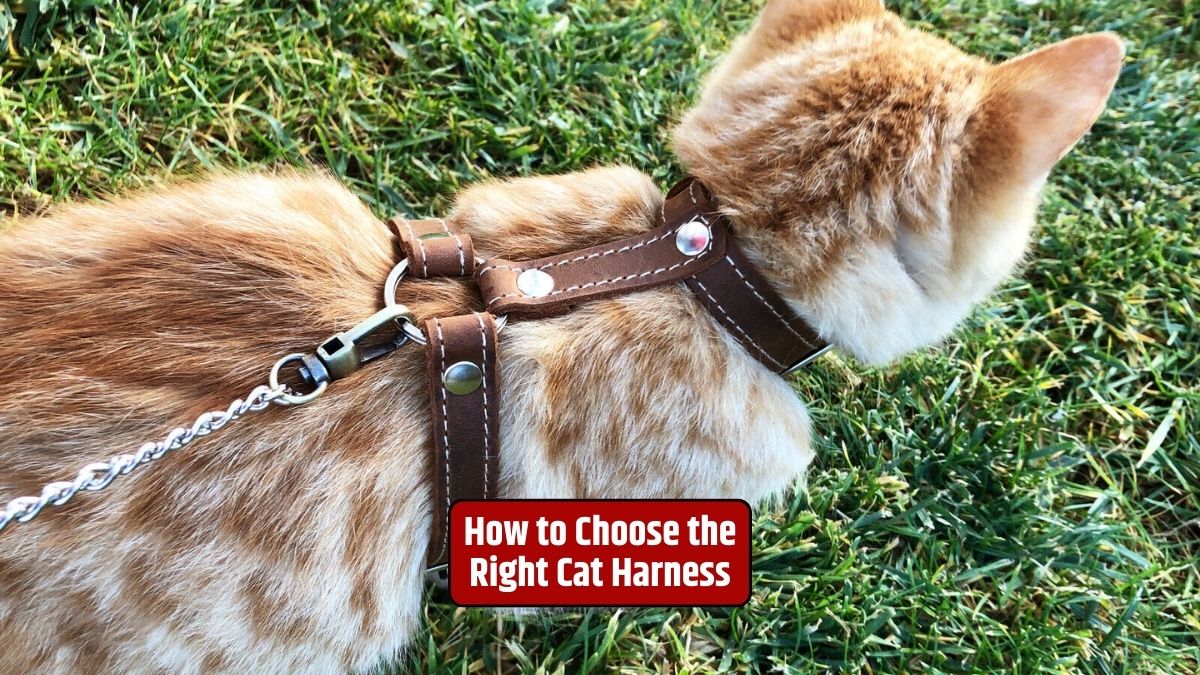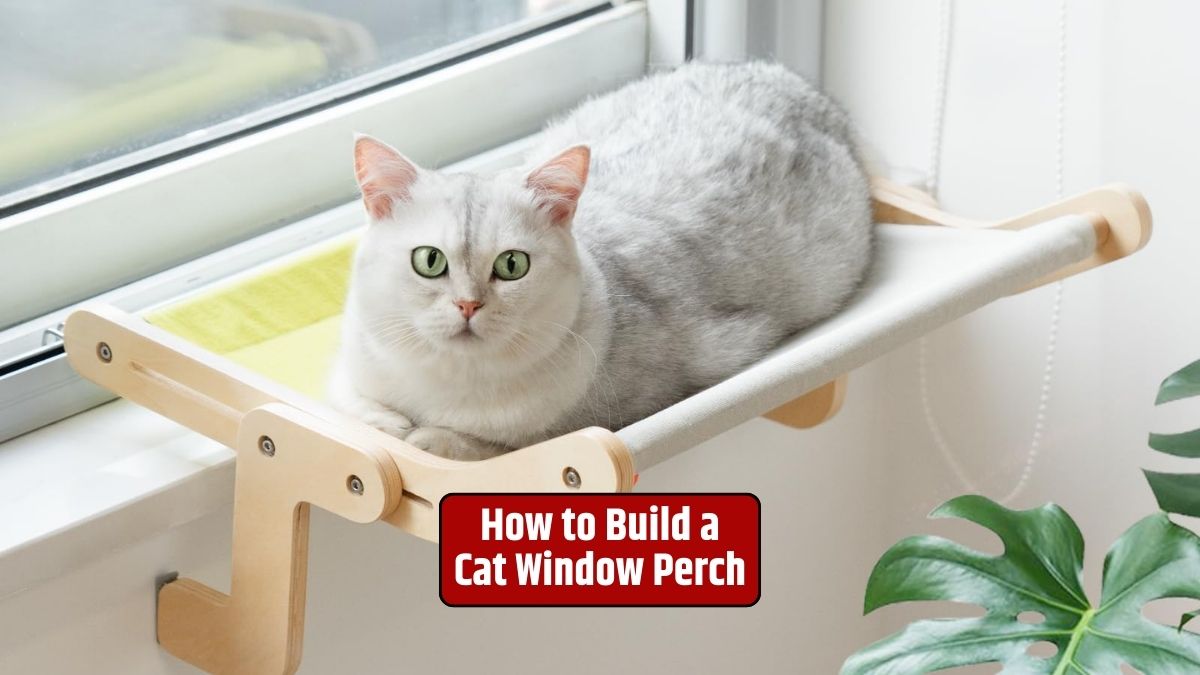Welcoming multiple feline companions into your home can be a source of joy, but it also comes with its own set of challenges. From establishing territory to maintaining harmony, managing a multi-cat household requires thoughtful consideration and strategic planning.
In this guide, we’ll explore practical tips and insights to ensure a purrfectly balanced and happy coexistence among your furry friends.
Dynamics
Before diving into management strategies, it’s crucial to comprehend the dynamics at play in a multi-cat household.
1. Each Cat is Unique
Just like people, each cat has its own personality, preferences, and boundaries. Understanding these individual differences is key to fostering a peaceful environment.
2. Territory Matters
Cats are territorial animals, and introducing a new cat can disrupt established territories. This can lead to stress and potential conflicts among your feline companions.
3. Resource Competition
Resources such as food, water, and litter boxes are common sources of contention. Ensuring there are enough resources for each cat helps minimize conflicts.
4. Social Hierarchy
Cats establish social hierarchies within the household. This hierarchy can influence how cats interact with each other and may affect their overall well-being.
Practical Strategies
Now that we’ve identified the key dynamics, let’s explore practical strategies to create a harmonious living space for your feline family.
1. Gradual Introductions
When introducing a new cat, do so gradually. Allow the cats to smell each other through closed doors, exchange bedding, and gradually increase their supervised interactions.
2. Provide Vertical Space
Cats feel secure when they have vertical space. Cat trees, shelves, and window perches give each cat a place to observe their surroundings and establish territory.
3. Multiple Resources
Ensure there are multiple food and water bowls, as well as litter boxes, scattered throughout the house. This reduces competition and gives each cat easy access to essential resources.
4. Safe Spaces
Create individual safe spaces where each cat can retreat when they need a break. These can be cozy beds, secluded corners, or covered cat condos.
5. Regular Play
Engage your cats in regular play sessions to release pent-up energy and strengthen bonds. Provide toys and enrichment activities to keep them mentally stimulated.
Conclusion
Managing a multi-cat household is a delicate dance of understanding each cat’s needs, providing ample resources, and fostering a positive social environment.
By gradually introducing new cats, offering vertical spaces, ensuring multiple resources, creating individual safe spaces, and incorporating regular play and enrichment, you can create a harmonious and happy home for your feline companions.
FAQs
Will my cats eventually get along?
While some cats may become close friends, others may prefer a more independent relationship. Patience and careful introductions increase the chances of positive interactions.
How do I prevent territorial marking?
Neutering or spaying your cats can reduce territorial marking. Additionally, creating a harmonious environment and providing sufficient resources can help minimize marking behaviors.
Is it better to adopt cats of the same age?
Not necessarily. Cats of different ages can coexist peacefully. The key is to introduce them gradually and provide equal attention and resources.
What should I do if my cats are fighting?
Interrupt the fight without putting yourself at risk. Use loud noises or distractions to separate them. If conflicts persist, consult with a veterinarian or a professional animal behaviorist.
Yes, with patience and positive reinforcement, you can train cats to share resources. Start with gradual introductions and reward cooperative behavior with treats and praise.






